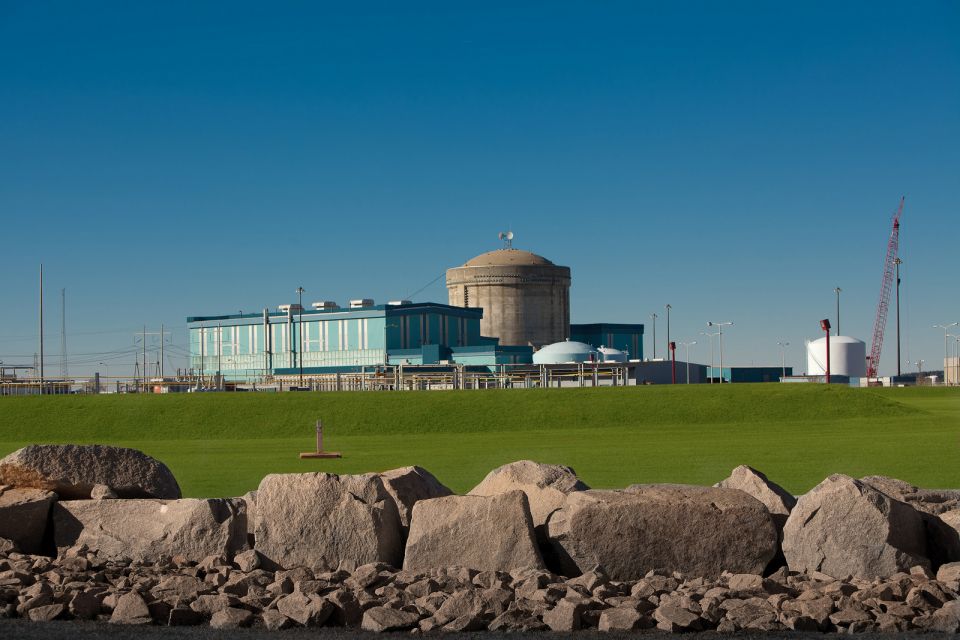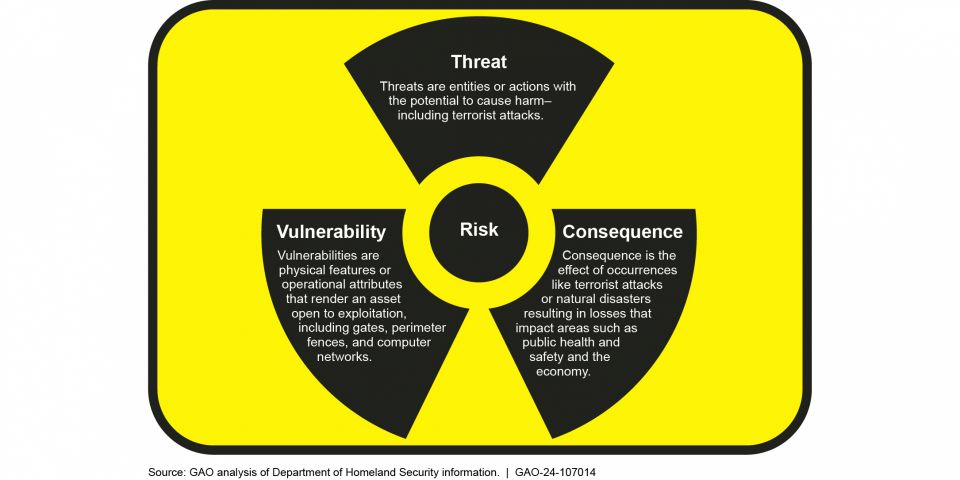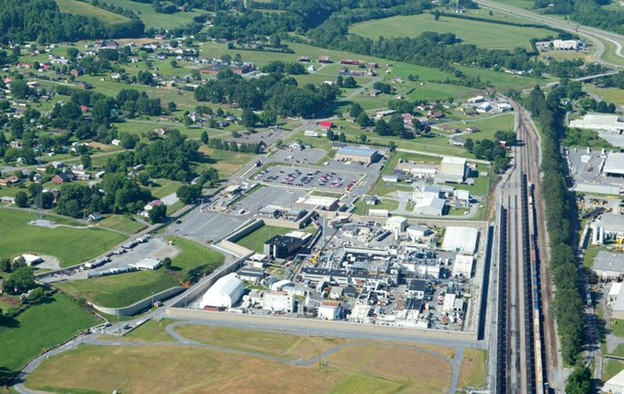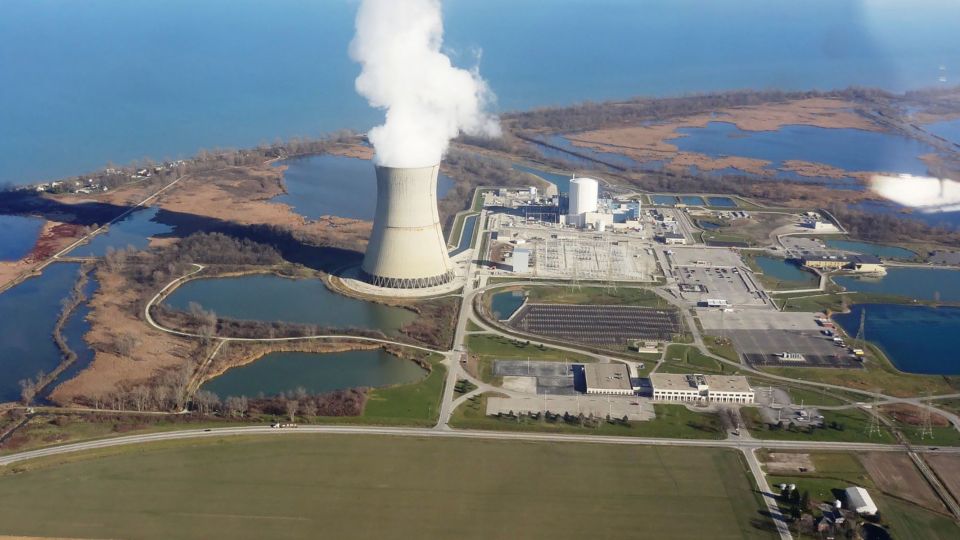Lake Barrett’s reality-grounded perspective on Netflix’s drama Meltdown: Three Mile Island
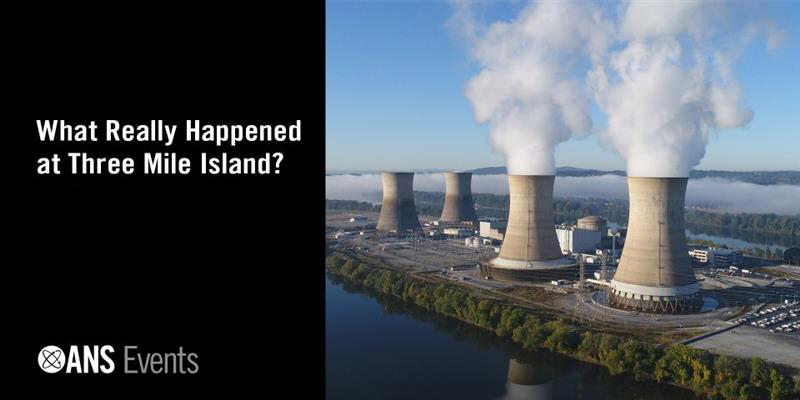
In an ANS-sponsored online event held on June 8, independent energy consultant Lake Barrett shared his perspective on the Netflix docudrama series Meltdown: Three Mile Island. Barrett, who was the Nuclear Regulatory Commission’s on-site director and senior federal official for the cleanup of the TMI Unit 2 accident in the early 1980s, countered inaccuracies in the series during an interview with ANS Executive Director/CEO Craig Piercy.
Facts vs. dark narrative: Piercy started the program by summarizing the basic events of the TMI incident, noting that Unit 2 at the site had experienced a partial meltdown of its core on March 28, 1979. The resulting small radioactive releases had no noticeable effects on plant personnel or the public. Nevertheless, he added, the accident was the most serious in the history of U.S. commercial nuclear power plants, and it prompted major reforms in the regulations of these plants.
Regarding the Netflix docudrama, Piercy said that it blends “a mix of honestly great, remarkable footage of the event and its aftermath into a dark narrative of risky cleanup maneuvers that put the, quote, survival of the East Coast in the balance.” He observed, “In our algorithm-driven world, one that increasingly blurs the distinction between journalism and entertainment, shows like Meltdown live on in the Netflix recommendation engine and exert a hidden pull on our collective perception of history.”
Piercy continued, “That’s why we at ANS thought it was important to ensure that the historical record is there for everyone looking to answer the question ‘What really happened at TMI?’”

Barrett
Explosion? Piercy’s first question to Barrett regarded whether there really was an “explosion” at TMI, as is often stated in popular accounts of the accident. Barrett responded as follows:
“No, there was not a detonation or explosion of the hydrogen in the containment. What happened was as the core was damaged—and we always said the core was ‘severely damaged’ in the first several years, because we didn’t know [during that time] if there was any melting of the core or not. ‘Melting’ is a difficult word insofar as, is it a Jane Fonda meltdown [referring to the star of the 1979 nuclear disaster movie The China Syndrome] or is it just a physical melting of fuel inside the reactor vessel.
“But anyway, what happened was a lot of hydrogen was released into the containment building. Around 1 p.m. on the 28th, there was a deflagration—a burning of it. Now basically, it’s something like you turn your gas grill on and don’t put a match in or lighter in right away, and you do it a little later, and you get a big ‘wuff,’ and a flame front goes through.”
Barrett explained, “When we got into the containment building a year later, we could see evidence of what happened.” He then showed photographs of a collapsed, imploded storage drum and a bent steel door caused by a pressure spike and pressure wave, as well as a melted telephone and a cabinet with peeled paint caused by high temperatures. He said the evidence shows that there was a rapid burn, but there was no shock wave and no explosion.
Radiation levels: Barrett described the NRC’s initial confusion about what happened at TMI due to a lack of information coming from the site. The uncertainty led to the Pennsylvania governor’s order for a precautionary evacuation from the area surrounding the plant, which fueled public fears.
After the NRC team arrived on the scene, Barrett spent three weeks analyzing the situation and getting things under control. His team mitigated low levels of iodine being released from the auxiliary building. They found that noble gases were being released from the exhaust stack—primarily xenon-133, which has low biological significance and decays rapidly. The gamma radiation in the exhaust was not detected at the site boundary.
Barrett said that, based on analyses of transactinium isotope nuclear data (TND), the maximum radiation doses for anyone who would have stayed at the site boundary for the entire first week after the accident (there were no such people) would have been about 100 millirems. Piercy noted that this is the approximate amount of radiation that residents of high-altitude Colorado cities receive throughout a year.
Four different cultures: After the TMI site was stabilized, Barrett returned, in late 1980, to direct the cleanup activities. He said that the core’s risk condition remained unknown at the time, and that there were high levels of radiation throughout the containment building and in parts of the auxiliary building. The containment building had three meters of water that were highly radioactive with cesium and strontium.
Barrett said, “We never dealt with that kind of thing before in America. To deal with this, a whole team had to be created . . . We had to put together four different cultures into a team . . . You had to have the utility owner, that was GPU Nuclear . . . we had to bring in new technologies . . . from the DOE nuclear laboratory system. We needed to bring in substantial engineering and construction and refurbishment . . . so GPU hired Bechtel National . . . and we had a new management structure brought in, which basically was the Naval nuclear management safety culture.”
Totally fictitious: Piercy asked Barrett if he felt pressure to move fast during the cleanup, leading to safety risks, as depicted in the Netflix drama. Barrett replied, “No,” and he added that the team wanted to move promptly to address the problems at the site. There were some disagreements regarding the best ways to proceed, but they never sacrificed safety.
Barrett elaborated that what the Netflix series characterizes as major safety risks were merely disagreements among the different cultures—such as construction versus utility—on types of procedures and documentation of improvements needed to get the polar crane (a key piece of equipment highlighted in the docudrama) running and the missile shields and reactor head off.
He explained, “It was an issue of the procedural paperwork and difference of opinion on the procedures but we moved forward . . . The show had an impression that there was a commission meeting and a last-minute thing. There was no such commission meeting that day [to decide whether or not to go forward with a planned maneuver]. That’s totally fictitious, what they had in the show. But it makes for good television, I guess.”
Lessons learned: Barrett suggested that the eventual restart of operations at TMI’s Unit 1 served as proof of lessons learned from the accident at Unit 2. He noted that Unit 1 “went on and operated very successfully for 32 years, until 2019, when it went down due to the economics of cheap natural gas. Maybe now people in Pennsylvania may want to wish it a little differently, but, nonetheless, that’s what happened.”
Traumatizing people: Although Barrett acknowledged that the nuclear industry, as well as the press, played roles in “traumatizing the people of central Pennsylvania” with the TMI accident, he accused the Netflix drama and similar programs of continuing the traumatization by “scaring them inappropriately.”
Barrett predicted that an event like the TMI accident will never happen again, because “we [the nuclear industry] have changed so much in the ability to not only do a better technical job to prevent any event like this, but also if events happen, in how we communicate accurate information to the press.”
Barrett agreed with Piercy that Netflix missed an opportunity to inform the public about the many advancements made by the nuclear industry in safety improvements.
For more info: A recording of this ANS online event and links to other presentations about TMI conducted by Barrett are available for ANS members on the ANS website. Other upcoming and recorded virtual events and meetings are also available online.


